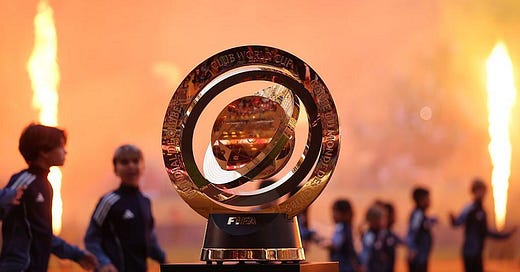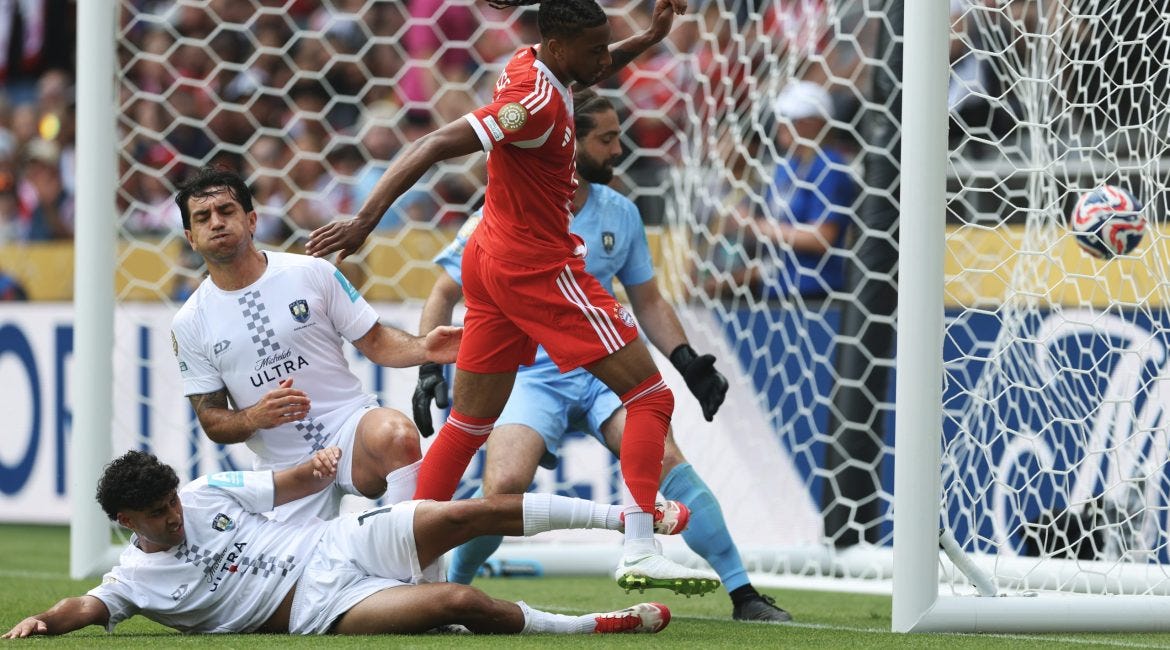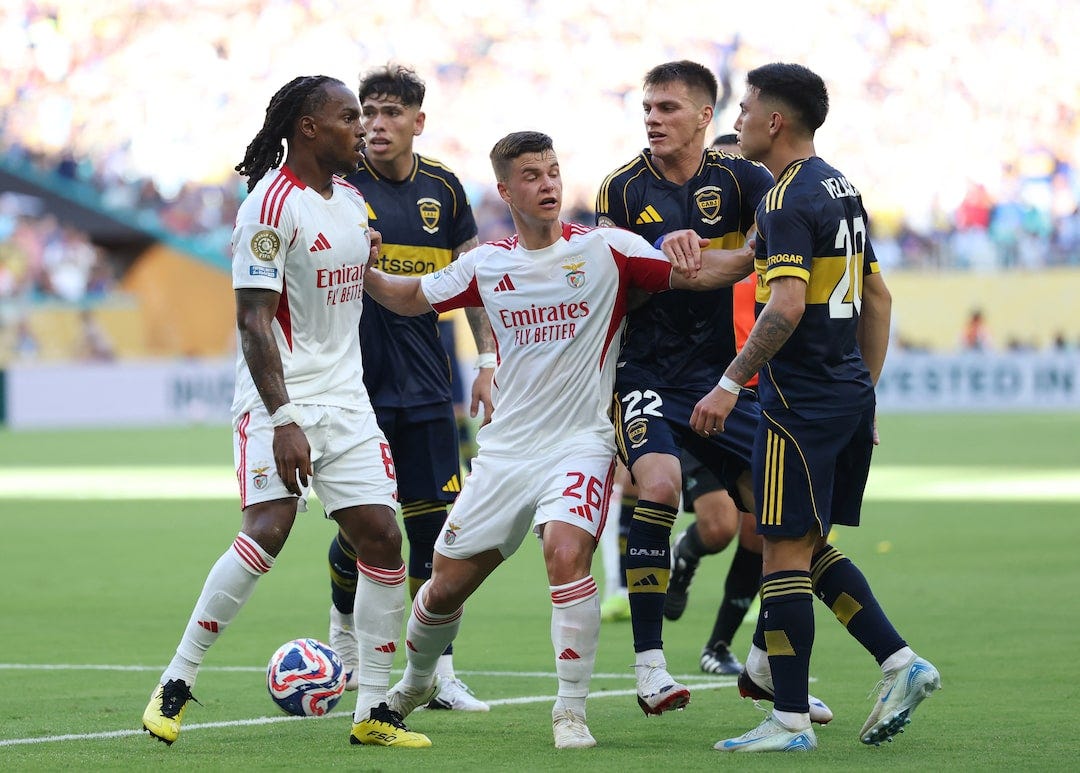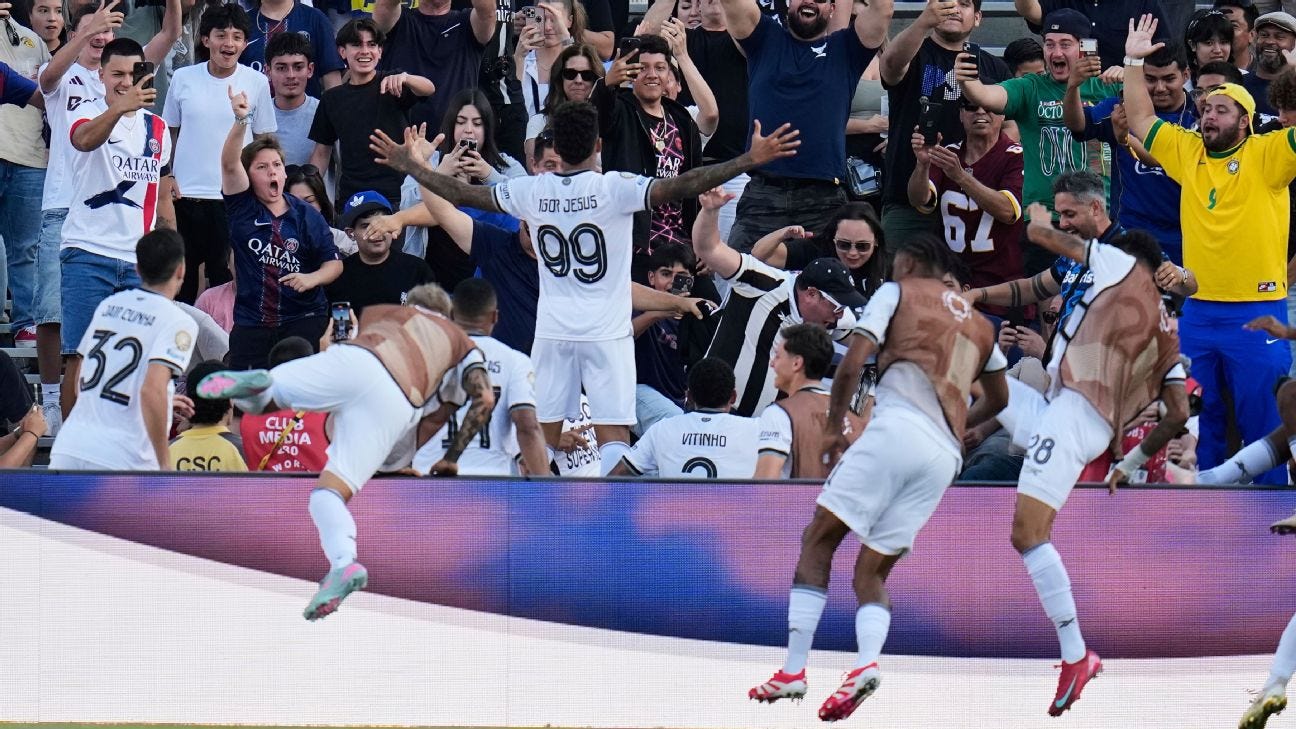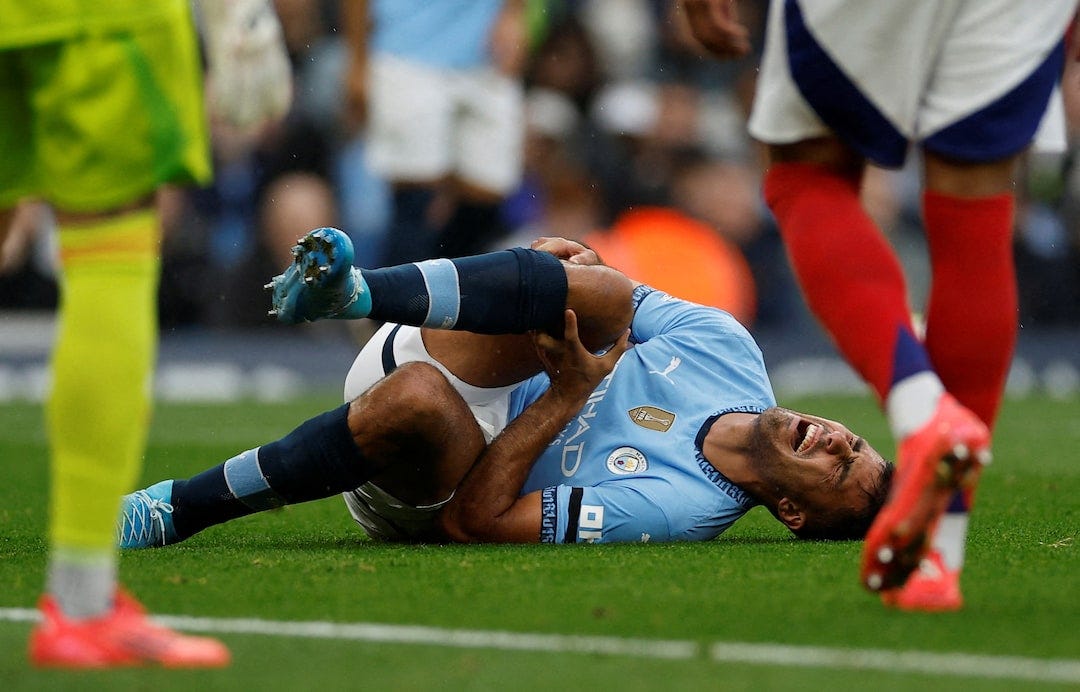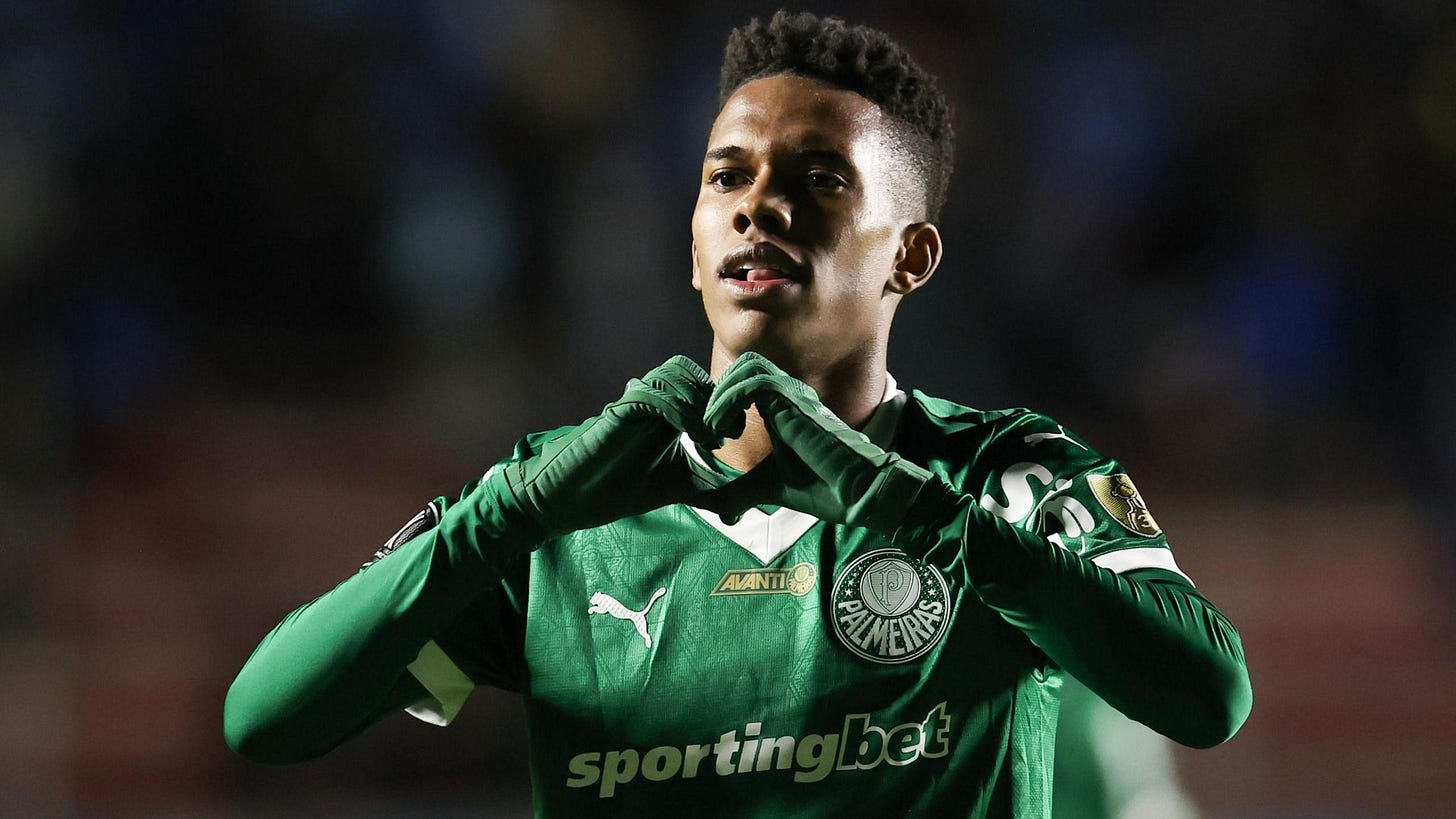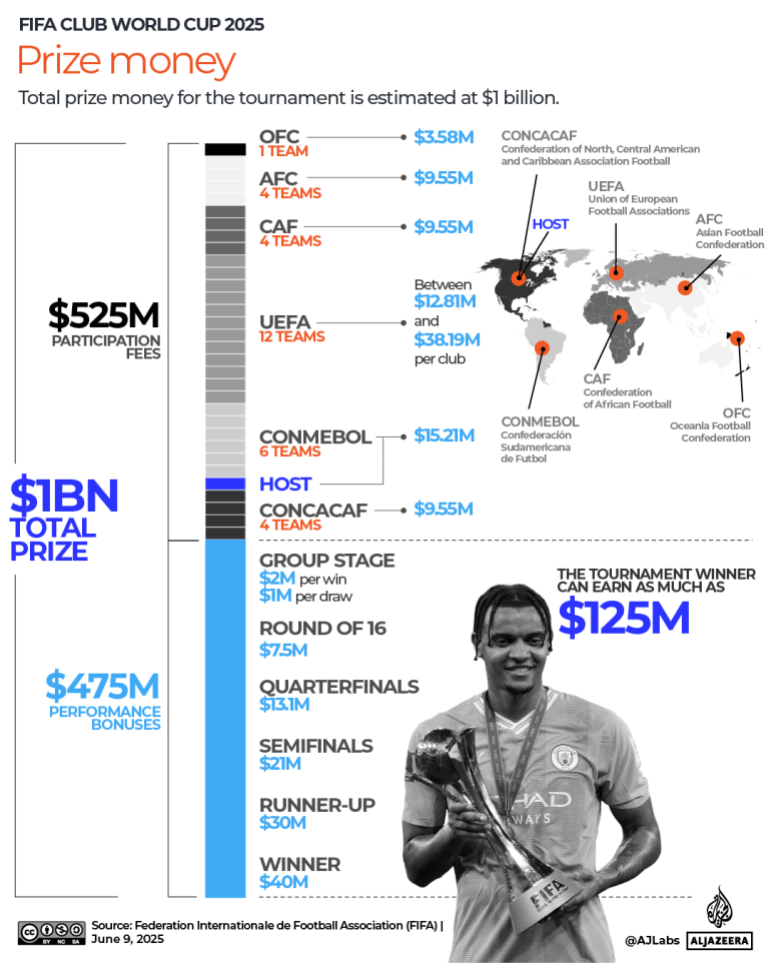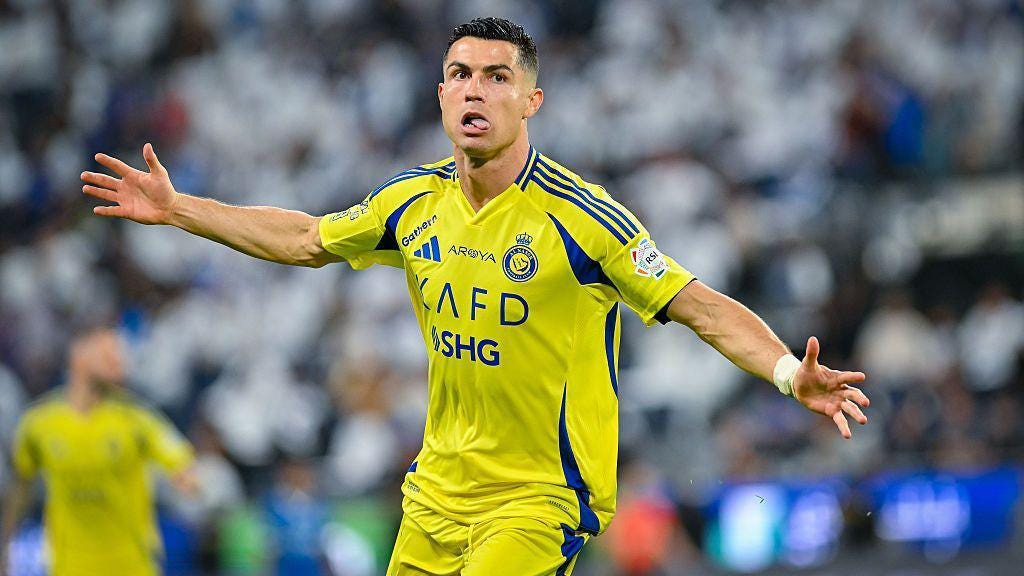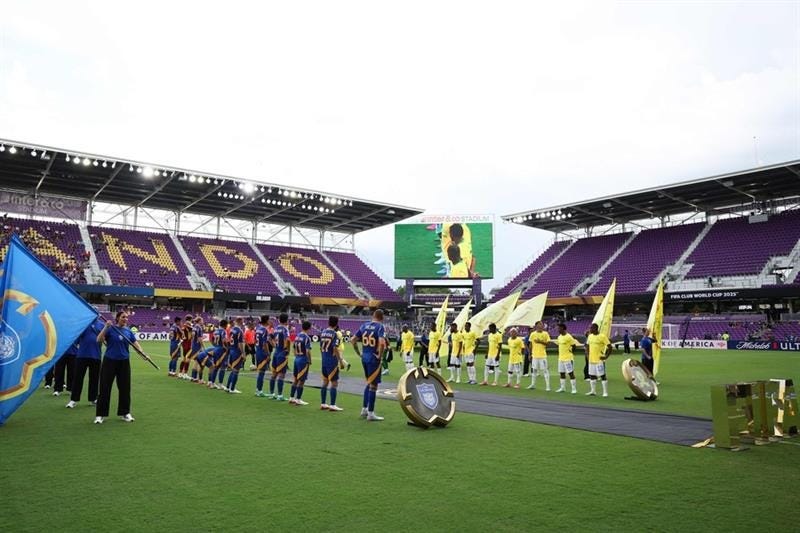Scouts’ Paradise, Europe’s Headache: The Truth About the Club World Cup
European Pride Bruised, South American Fire Rises, and a Billion-Dollar Showcase No One Saw Coming
The FIFA Club World Cup has been on the receiving end of years of disdain and premature mockery, especially from European football fans. Long before a ball was kicked, the tournament was accused of being a corporate cash grab, a disruptive addition to an already bloated football calendar, and a sham competition stacked with irrelevant teams.
And yet, if you actually sit and watch the games, the reality is something different entirely.
The Usual Criticisms: Timing, Greed, and Fixture Congestion
Let’s start with the valid concerns. For European teams, the timing is terrible. Positioned right after the Champions League final and near the end of an already exhausting domestic season, it asks players to push their bodies beyond the limits of reason. Add to that the fact that the tournament is hosted in the USA — a country whose general public hasn’t exactly shown up in the stands — and you’ve got plenty of reasons to roll your eyes.
However, some of this criticism rings hollow. The tournament only happens every four years. If the current format stays, the impact on player fatigue is minor compared to the value it brings. The real worry is that FIFA, with their commercial ambitions, will try to make it annual. That would be indefensible. But in its current iteration, calling this tournament unnecessary or hollow just doesn’t hold up under scrutiny.
Shaky Start and the Online Pile-On
The tournament opened with a promising game between Al Ahly and Inter Miami that finished goalless but was competitively balanced. Then came Bayern Munich’s 10-0 demolition of Auckland City, which sent social media into a frenzy. “This is a farce,” people said. “This proves the Club World Cup is useless.” But anyone following the tournament closely knows Auckland were by far the weakest team in the draw, Bayern smashing them says nothing about the competition’s overall quality.
The South American Storm
European teams have struggled badly. South American sides, by contrast, have thrived. One major factor: timing. European clubs are at the tail end of their seasons, while South American teams are mid-season. Fresh, match-fit, and firing.
Fluminense looked more coherent than Borussia Dortmund. Botafogo stunned PSG. Palmeiras outplayed Porto but were held to a goalless draw. Boca Juniors nearly beat Benfica in a thrilling 2-2 game. River Plate and Flamengo handled their matches with ease. And then there's Monterrey and Al Hilal, who held their own against European giants. These aren’t fluke results, the performances have been sharp, intense, and well-drilled.
PSG’s Slip and Porto’s Fall
PSG looked amazing against Atletico Madrid, playing with the same verve that took them to the Champions League final. That should have silenced claims that their shock defeat to Botafogo was a one-off. It wasn’t. South American teams have outplayed and outfought Europe’s best.
Porto’s loss to Inter Miami was arguably the most damning indictment of all. In any other context, even a friendly, that would’ve been meme-worthy. But this was a competitive match, and Lionel Messi, at 38, ran the show like it was 2009. That’s not supposed to happen.
Fixture Congestion? Deal With It
Yes, fixture congestion is real. But let’s not overstate the victimhood. Footballers are paid more on average than athletes in the NBA and NFL leagues with far more physically dangerous workloads. If players are going to be compensated handsomely, playing extra games every four years is not the worst trade-off. Most of us don’t get to cry about “workload” when our boss hands us more hours. Footballers will be fine. As long as the games remain competitive, which they have, then fans win.
European Exceptionalism: The Elephant in the Room
Much of the backlash is rooted in snobbery. Europeans, especially fans in England, Spain, Germany, and Italy, treat global tournaments with suspicion and disdain unless they’re the ones front and center. The implication is that if it doesn’t matter to them, it doesn’t matter to anyone else.
But look at the way African and Japanese fans have supported their teams. The atmospheres. The flags. The noise. It means something to them. It’s incredibly arrogant to assume global football should revolve around UEFA and its calendar. This isn't about just Europe. The Club World Cup is a chance to showcase a broader scope of talent.
A Scouting Dream
If you're a football purist or a scout-in-spirit, this tournament has been gold. Future stars like Franco Mastantuono (River Plate) and Estevão Willian (Palmeiras) are out here playing meaningful games at watchable hours. Igor Jesus caused nightmares for PSG’s defenders while playing for Botafogo. These are not household names, yet. But they won’t stay unknown for long. This tournament will be remembered as a breakout moment for several careers.
The Money Factor: A Life-Changer
There’s a billion-dollar prize pot. The winners walk away with $125 million. For top European clubs, that’s a boost. But for South American, Asian, or African clubs, that’s transformative. This money can fund academies, build training grounds, improve facilities, and pay off debts. If you're wondering why teams are treating this like the World Cup fina, that’s why.
Corruption? Sure. But That’s Football
Let’s be honest — this tournament has been shady. Inter Miami shouldn’t even be in it. FIFA changed the qualification parameters to let them in through the Supporters' Shield rather than the actual MLS Cup. They tried to orchestrate loans for Ronaldo and Kanté to PIF-owned Al Hilal. It reeks. But let’s not pretend like UEFA and the Champions League are corruption-free utopias. Every football fan has long accepted that the game is dirty. As long as matches aren’t being fixed, most of us just want to enjoy the show.
The Real Problem: America Just Doesn’t Care
The biggest failure of this tournament isn’t the structure. It’s the venue. Attendance has been poor, and that’s not on FIFA. That’s on the American public, who just don’t seem to value world-class football unless it has the World Cup label on it. Boca Juniors vs Benfica in Europe would’ve sold out in minutes. Instead, it’s playing in half-empty stadiums.
If this tournament were hosted in Argentina, Brazil, Germany, or even England, the atmosphere would be electric. The fans would show up. The energy would be fitting. America just isn’t a proper football nation not yet.
Closing Thoughts: Europe Should Be Embarrassed and Grateful
A European team might still win this tournament. But that doesn’t change the larger point: they’ve been underwhelming. If you’re a European football fan, you should feel a bit of shame. This tournament has exposed some truths — not just about fitness and form, but about hunger, pride, and adaptability.
That said, we should also be grateful. The Club World Cup has been a reminder that there’s real football being played across the globe, at a high level, by players and fans who care just as much. This tournament isn’t overhyped. If anything, it’s long overdue for respect.

